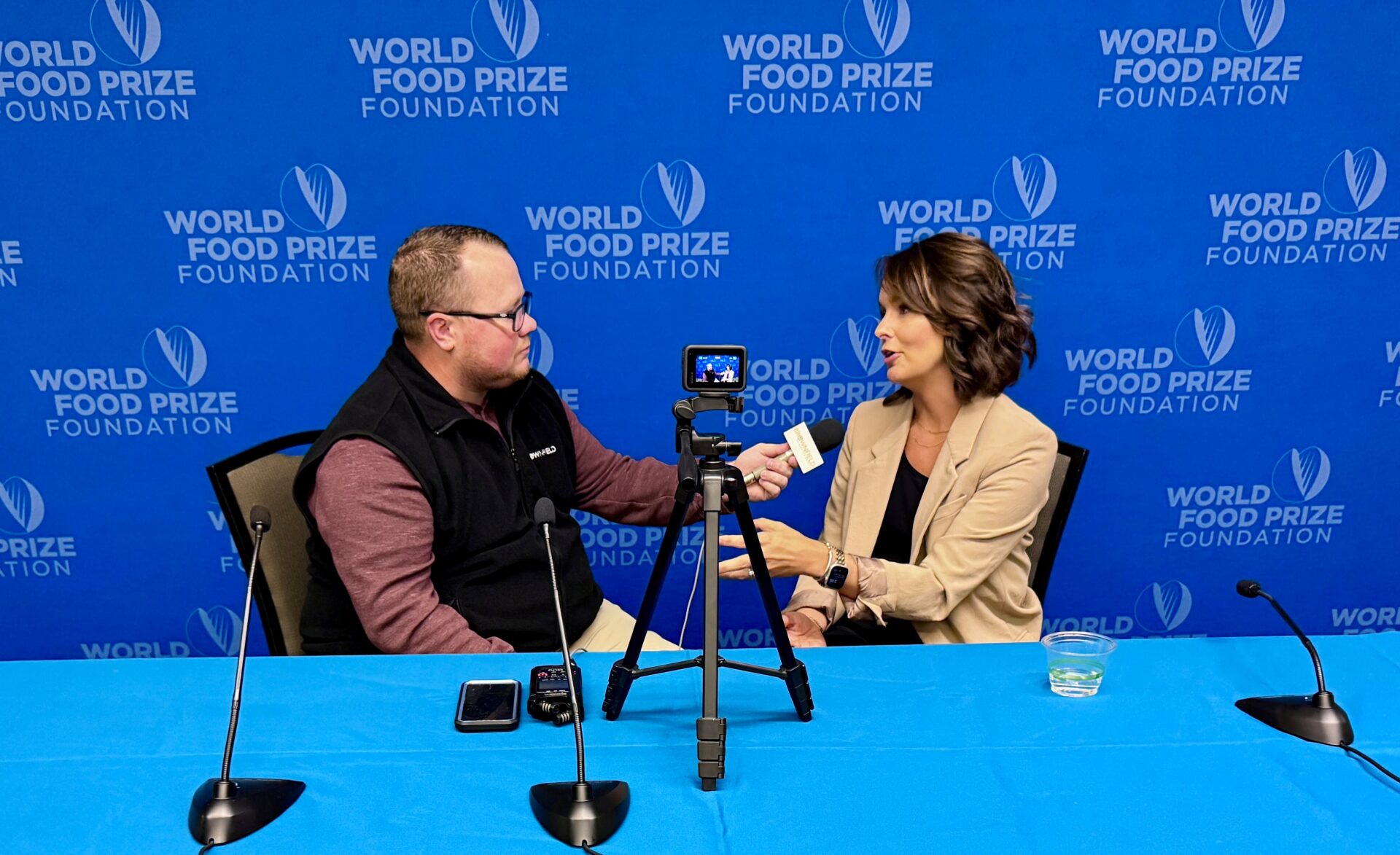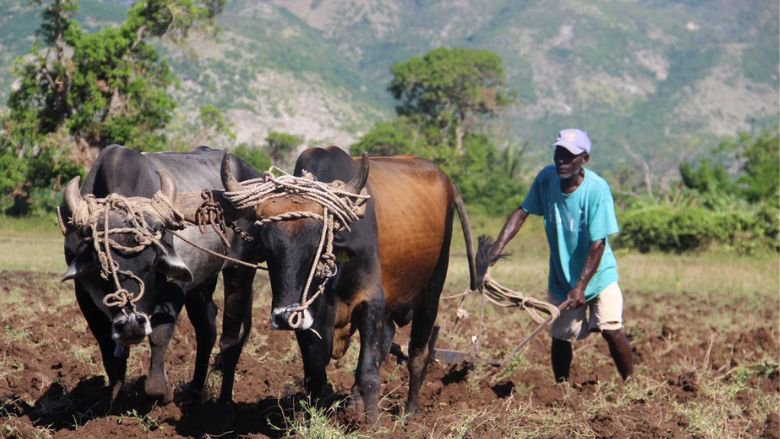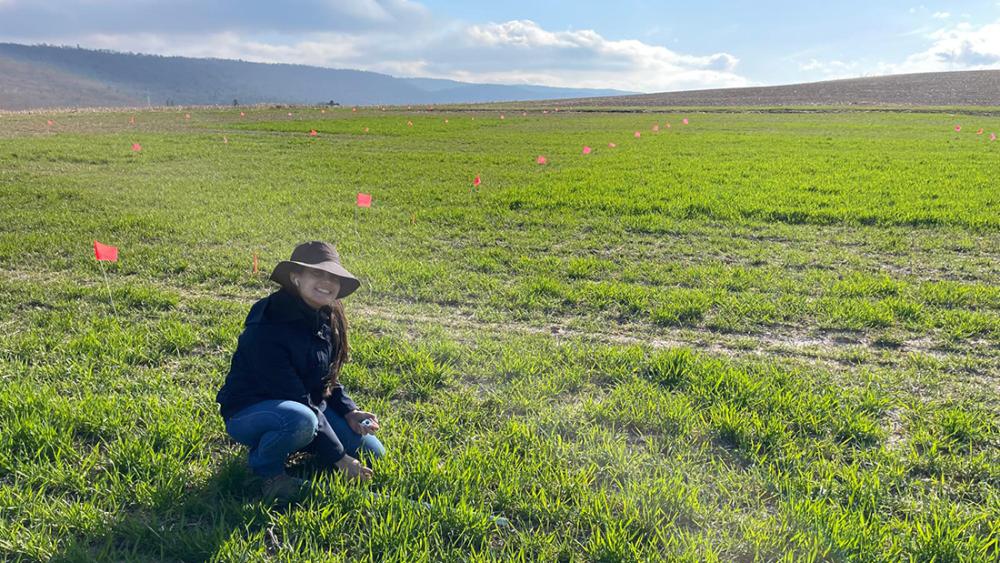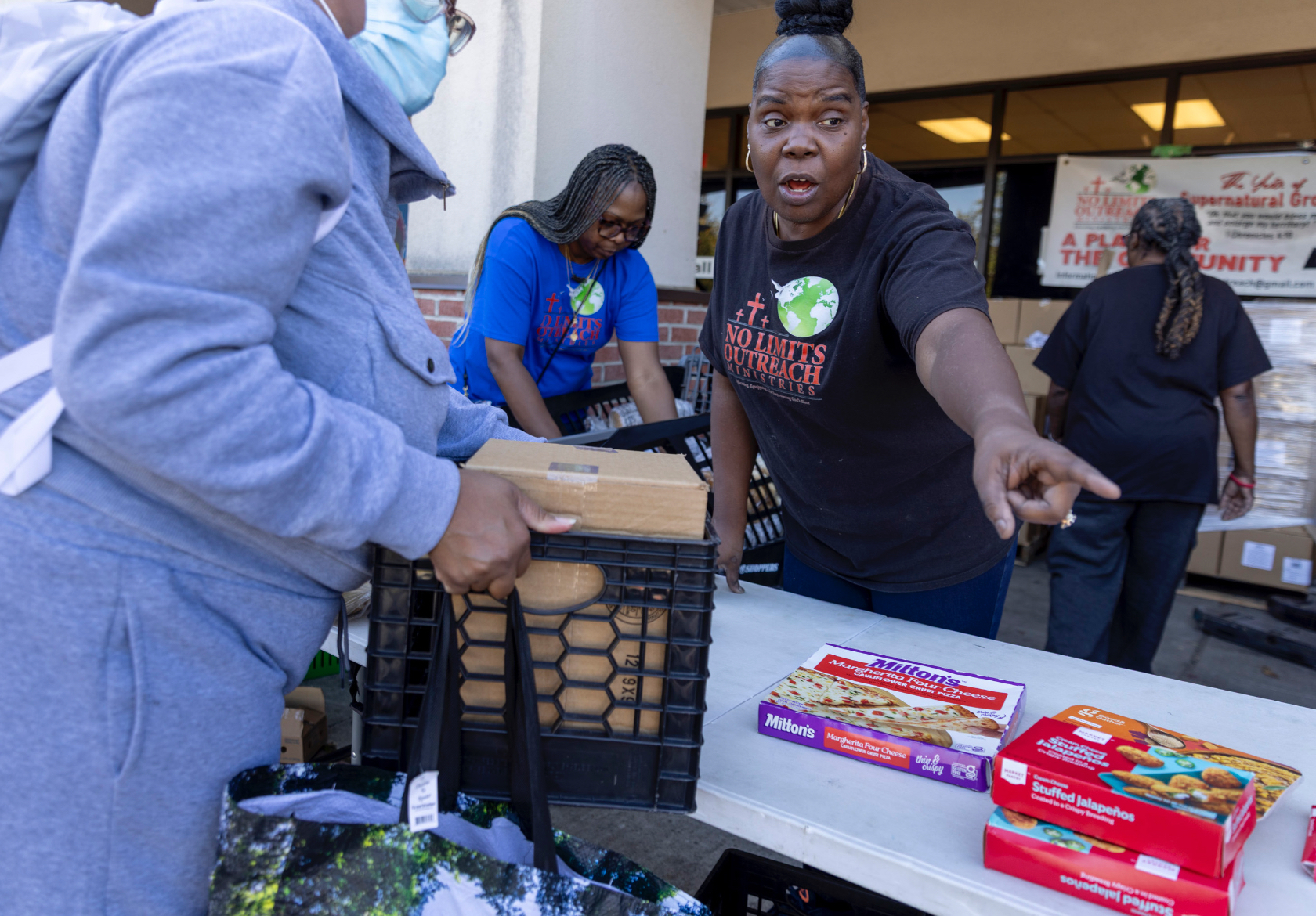Report on Sustainable Soybean Farming and its Contribution to Global Goals
Executive Summary
This report analyzes the role of sustainable soybean cultivation in advancing global food systems, based on remarks by Missouri farmer and past United Soybean Board chair, Meagan Kaiser, at the 2025 Borlaug International Dialogue. The dialogue’s theme, “SOILutions for Security,” highlights the foundational importance of soil health. The report details how current stewardship and innovation in soybean farming align directly with the United Nations Sustainable Development Goals (SDGs).
Alignment with Sustainable Development Goals (SDGs)
Soybean farming practices, as described, make significant contributions to several key SDGs:
- SDG 2: Zero Hunger: By focusing on soil nutrition, farmers aim to produce a more nutritionally balanced soybean. This enhances the quality of both animal feed and human food ingredients, directly supporting the goal of ending hunger, achieving food security, and improving nutrition through sustainable agriculture.
- SDG 15: Life on Land: The emphasis on soil stewardship, including practices that reduce erosion and manage the carbon-nitrogen cycle, is critical to protecting and restoring terrestrial ecosystems. Healthy soils are fundamental to halting land degradation and promoting sustainable land use.
- SDG 12: Responsible Consumption and Production: The strategic management of soil nutrients and other agricultural inputs exemplifies a commitment to sustainable production patterns. This approach ensures that agricultural systems are productive while minimizing their environmental footprint.
- SDG 9: Industry, Innovation, and Infrastructure: The use of on-farm research to test and validate new techniques, such as the application of copper to improve stalk strength, represents a commitment to agricultural innovation. This fosters a resilient and sustainable agricultural infrastructure capable of meeting global challenges.
Key Agricultural Practices for Sustainability
A multi-faceted approach is being implemented on farms to advance sustainability and contribute to the SDGs. Key practices include:
- Advanced Nutrient Management: Ensuring that soil nutrition is optimized to produce a healthier, more nutritious soybean crop for the global food and feed supply chain.
- Erosion Control and Soil Stewardship: Implementing critical practices to protect topsoil, maintain soil structure, and ensure long-term land productivity.
- On-Farm Research and Innovation: Conducting applied research into complex agronomic factors, including the management of the carbon and nitrogen cycle and the impact of specific micronutrients on crop health and resilience.
Conclusion
The efforts of soybean growers to innovate and practice diligent soil stewardship are integral to building stronger, more sustainable global food systems. These agricultural practices demonstrate a clear and direct alignment with the Sustainable Development Goals, underscoring the vital role of farming in achieving global security and environmental health.
Analysis of Sustainable Development Goals in the Article
1. Which SDGs are addressed or connected to the issues highlighted in the article?
-
SDG 2: Zero Hunger
- The article’s central theme is sustainable agriculture and its role in creating “sustainable food systems” and strengthening “global food systems.” It discusses the production of soybeans as a “nutritious feed or food ingredient,” which directly relates to achieving food security and improved nutrition.
-
SDG 15: Life on Land
- The article heavily emphasizes the importance of “soil health,” “stewardship,” implementing practices to “reduce erosion,” and managing the “carbon and nitrogen cycle in the soil.” These actions are fundamental to protecting and restoring terrestrial ecosystems and halting land degradation.
-
SDG 12: Responsible Consumption and Production
- The focus on “sustainability,” “nutrient management,” and overall “stewardship” in farming practices aligns with the goal of ensuring sustainable production patterns and the efficient use of natural resources like soil.
-
SDG 9: Industry, Innovation and Infrastructure
- The article mentions that farmers are advancing sustainability through “innovation.” The farmer, Meagan Kaiser, provides a specific example of this by conducting “side-by-side research on our farm” to understand the effects of different inputs, which points to the role of research and innovation in sustainable agriculture.
2. What specific targets under those SDGs can be identified based on the article’s content?
-
Target 2.4: By 2030, ensure sustainable food production systems and implement resilient agricultural practices that increase productivity and production, that help maintain ecosystems, that strengthen capacity for adaptation to climate change, extreme weather, drought, flooding and other disasters and that progressively improve land and soil quality.
- The entire article supports this target. The farmer discusses implementing practices that “reduce erosion and manage nutrient levels” and advance “soil health and sustainability” to create “stronger global food systems.”
-
Target 15.3: By 2030, combat desertification, restore degraded land and soil, including land affected by desertification, drought and floods, and strive to achieve a land degradation-neutral world.
- The emphasis on improving “soil health,” reducing erosion, and soil “stewardship” are direct actions aimed at restoring and maintaining the quality of agricultural land, which is a core component of this target.
-
Target 12.2: By 2030, achieve the sustainable management and efficient use of natural resources.
- The farmer’s focus on “managing nutrient levels” and the “carbon and nitrogen cycle in the soil” is a clear example of striving for the sustainable and efficient management of natural resources (soil and its nutrients) in agriculture.
-
Target 9.5: Enhance scientific research, upgrade the technological capabilities of industrial sectors in all countries…encouraging innovation.
- The mention of “innovation” and the specific example of conducting “side-by-side research on our farm” to test the effects of copper on crops directly relates to enhancing research and technological capabilities at the farm level to improve agricultural practices.
3. Are there any indicators mentioned or implied in the article that can be used to measure progress towards the identified targets?
-
Implied Indicator for Target 2.4: Proportion of agricultural area under productive and sustainable agriculture.
- The article doesn’t provide a number but describes the *practices* that define sustainable agriculture, such as those that “reduce erosion and manage nutrient levels.” The adoption rate of these practices by farmers would be a way to measure progress.
-
Implied Indicator for Target 15.3: Proportion of land that is degraded over total land area.
- The article implies efforts to improve this indicator by focusing on actions that reverse land degradation. Practices like improving “soil health,” “stewardship,” and erosion control are direct measures to reduce the proportion of degraded land.
-
Implied Indicator for Target 12.2: Nutrient use efficiency.
- The farmer’s statement about “managing nutrient levels” and the “carbon and nitrogen cycle” points to the concept of ensuring that nutrients applied to the soil are used effectively by the crop, thus improving efficiency and reducing waste.
4. Summary Table of SDGs, Targets, and Indicators
| SDGs | Targets | Indicators (Mentioned or Implied) |
|---|---|---|
| SDG 2: Zero Hunger | 2.4: Ensure sustainable food production systems and implement resilient agricultural practices. | Implied: Adoption of sustainable farming practices (e.g., erosion control, nutrient management). |
| SDG 15: Life on Land | 15.3: Combat desertification, restore degraded land and soil. | Implied: Improvement in soil health metrics and reduction in soil erosion. |
| SDG 12: Responsible Consumption and Production | 12.2: Achieve the sustainable management and efficient use of natural resources. | Implied: Efficiency of nutrient management (e.g., managing the carbon and nitrogen cycle). |
| SDG 9: Industry, Innovation and Infrastructure | 9.5: Enhance scientific research and encourage innovation. | Implied: Engagement in on-farm research and innovation to improve agricultural practices. |
Source: brownfieldagnews.com







